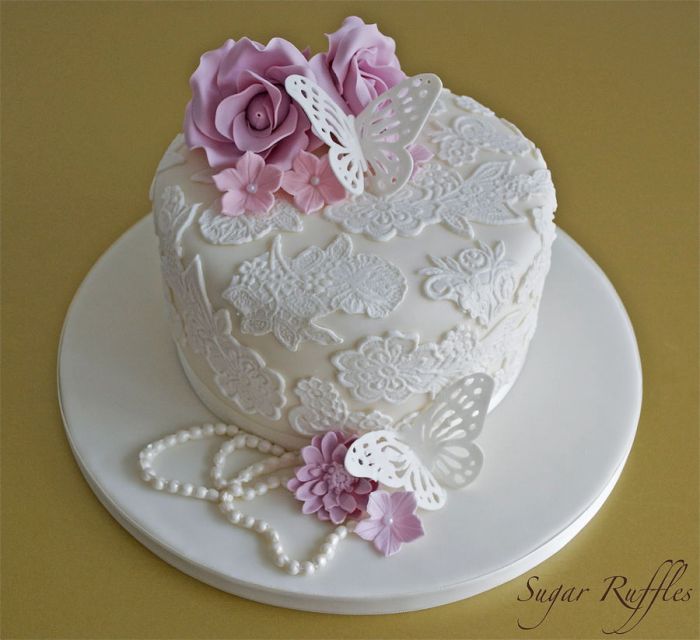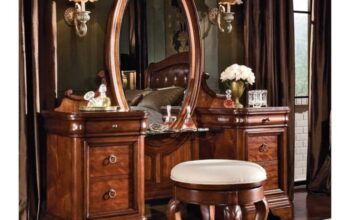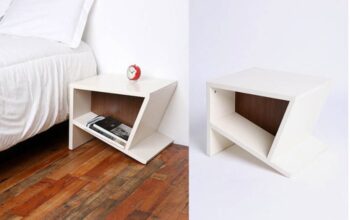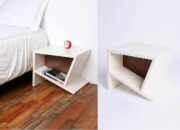How to lace decorate a cake, a technique that adds a touch of elegance and sophistication to any dessert, is a skill that can be mastered with practice and the right tools. Lace decorating involves using piping techniques to create intricate patterns that resemble delicate lacework, transforming a simple cake into a stunning centerpiece.
This guide will explore the history of lace cake decorating, the different types of lace used, and the benefits of incorporating this technique into your baking repertoire. We’ll delve into the essential materials and tools needed, including piping bags, tips, stencils, and templates.
You’ll learn various piping techniques for creating different lace patterns and discover the best frosting types for achieving beautiful results. Finally, we’ll provide design inspiration and tips for incorporating color, texture, and embellishments to elevate your lace cake creations.
Introduction
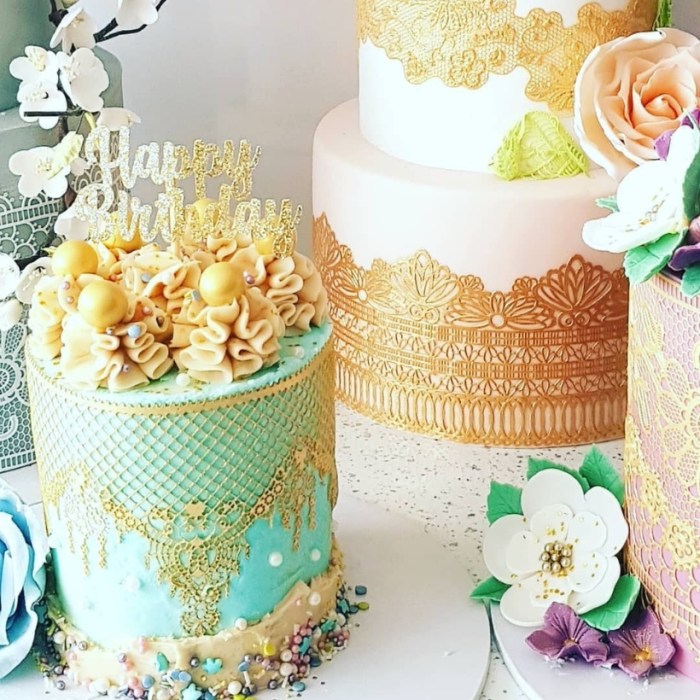
Lace cake decorating, a timeless art, has been adorning cakes for centuries, adding an exquisite touch of elegance and sophistication. This technique involves using lace, either real or edible, to create intricate patterns and designs on cakes, transforming them into masterpieces.
Lace cake decorating has gained immense popularity due to its versatility and ability to elevate the aesthetic appeal of cakes. From delicate floral motifs to intricate geometric patterns, lace can be used to create a wide range of designs, catering to various themes and preferences.
Types of Lace Used in Cake Decorating
Lace used in cake decorating can be broadly categorized into two main types: real lace and edible lace.Real lace, made from materials like cotton, silk, or linen, is often used as a template to create edible lace designs. It provides a detailed blueprint for the intricate patterns and designs.
Edible lace, on the other hand, is a type of wafer paper or sugar paste that is specifically designed for cake decorating. It comes in various colors and can be molded into different shapes and designs.
Benefits of Using Lace for Cake Decorating, How to lace decorate a cake
Using lace for cake decorating offers several benefits, making it a popular choice among bakers and cake decorators.
- Enhanced Visual Appeal: Lace adds an element of sophistication and elegance to cakes, enhancing their visual appeal. The intricate patterns and designs create a stunning focal point, making the cake a true centerpiece.
- Versatility: Lace can be used to create a wide range of designs, from delicate floral motifs to intricate geometric patterns, allowing for customization based on the theme and occasion.
- Ease of Use: Edible lace is relatively easy to use, even for beginners. It can be cut, shaped, and applied to cakes without requiring extensive skills or experience.
- Durability: Both real and edible lace are durable enough to withstand handling and transportation, ensuring the cake remains aesthetically pleasing throughout the event.
Outcome Summary
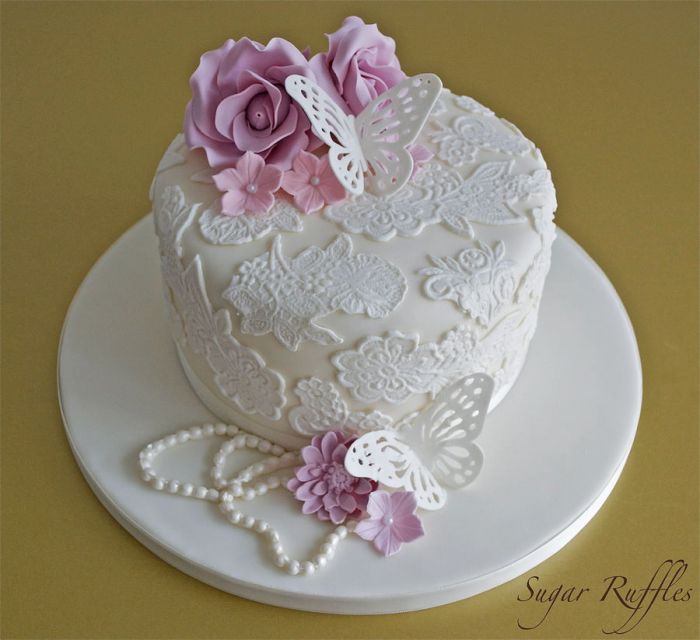
Lace cake decorating is a beautiful and versatile technique that can add a touch of elegance and sophistication to any occasion. With practice and creativity, you can create stunning lace cakes that will impress your guests and showcase your baking skills.
Remember to have fun and enjoy the process of transforming a simple cake into a masterpiece!
FAQ Summary: How To Lace Decorate A Cake
What are some common lace cake designs?
Lace cake designs range from classic Victorian-inspired patterns to modern geometric designs. Popular choices include floral motifs, scrollwork, and geometric patterns. You can also find inspiration from lace fabrics, embroidery patterns, and architectural details.
How do I prevent the lace from sticking to the cake?
To prevent sticking, ensure the cake is completely cooled before applying the lace. You can also lightly dust the cake with cornstarch or powdered sugar to create a barrier between the lace and the cake.
What if my lace patterns are not perfect?
Don’t worry if your lace patterns aren’t perfect! You can always use a toothpick or a small brush to gently smooth out any imperfections. Remember, a little imperfection can add to the charm of handmade lace.

